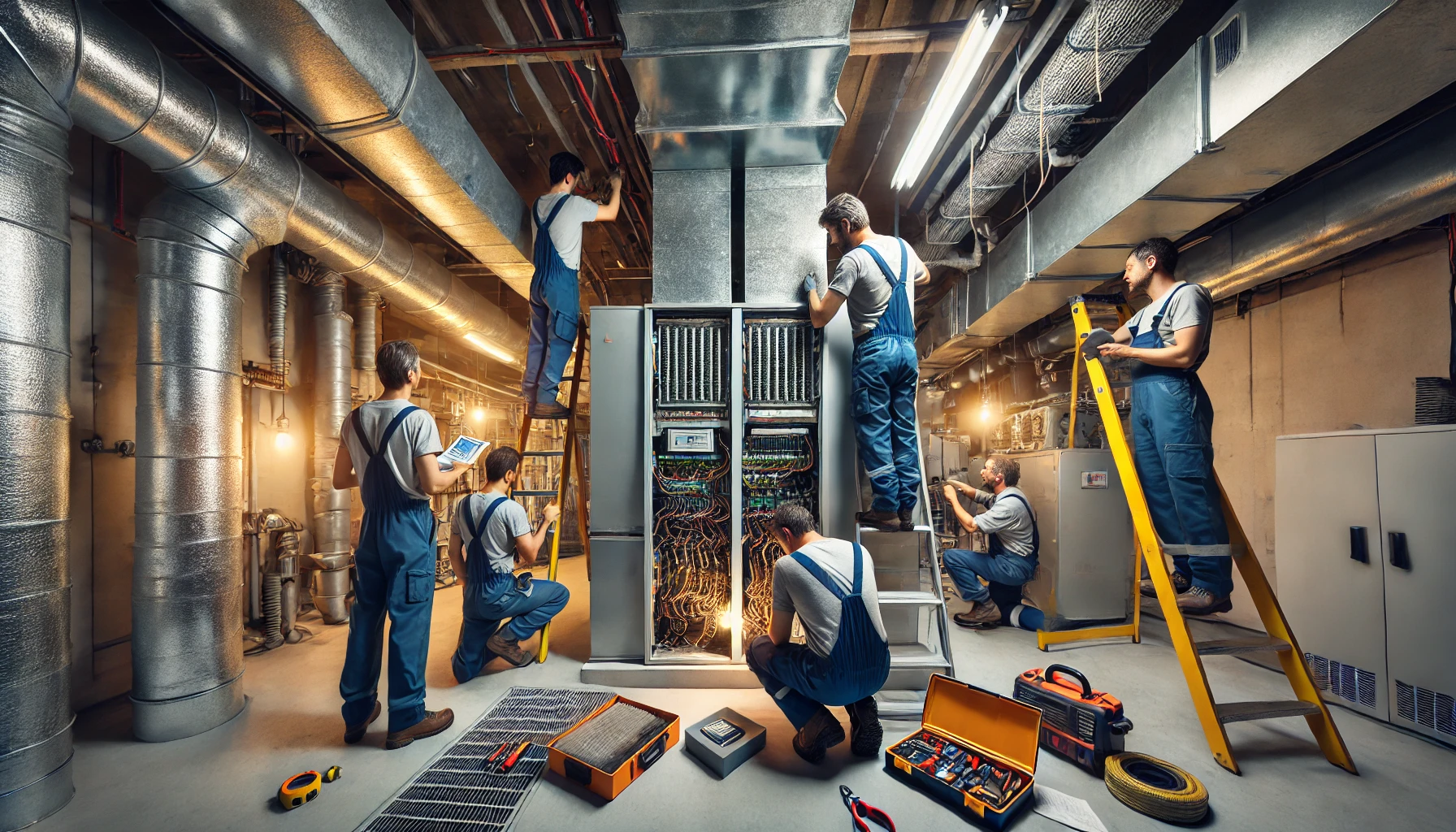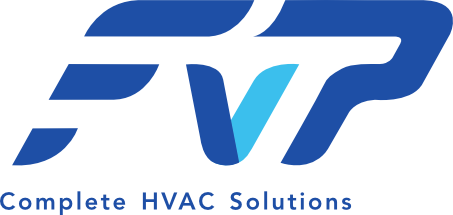SERVICES
Our qualified team will take care of every detail of your project

Products & Services
Heat ventilation & Air Conditioning System
Ductable Systems
Conceptual Study & Design
Supply Modules
Hepa Modules
In Built Raisers
Fire Dampers
Motorised Dampers
Air Handling Units
Electrical System for HVAC
VRV & VRF Systems
Air Cooled & Water Cooled Chillers
Ducting & Installation
Return Modules
Floor Mounted Raisers
Damper & Louvers
Volume Control Dampers
Grilles & Louvers
Floor Mounted Raisers
Our Project Approach
Initial Planning & Requirements Gathering
- Objective Definition: Clearly define the goals of the project (e.g., improve energy efficiency, upgrade system, new installation).
- Site Survey: Conduct a thorough survey of the location to understand the existing conditions and constraints.
- Load Calculations: Calculate heating and cooling loads to determine the capacity needed for the HVAC system.
- Budgeting: Establish a budget considering both initial costs and long-term operating costs.
- Timeline: Develop a realistic timeline for the project from start to completion.
System Design
- System Selection: Choose the appropriate HVAC system (e.g., split systems, VRF systems, geothermal systems) based on the load calculations and site conditions.
- Ductwork and Piping Design: Design the ductwork and piping layout to ensure efficient distribution of air and fluids.
- Control Systems: Plan for the integration of control systems (e.g., thermostats, building management systems) for efficient operation.
- Energy Efficiency: Incorporate energy-efficient designs and technologies, such as high-efficiency units, proper insulation, and renewable energy sources.
Regulatory Compliance
- Building Codes: Ensure that the design complies with local building codes and standards (e.g., ASHRAE standards).
- Permits: Obtain necessary permits from local authorities before commencing work.
- Environmental Considerations: Address environmental concerns such as refrigerant handling, noise control, and emissions.
Procurement & Installation
- Equipment Procurement: Source HVAC equipment from reliable suppliers, ensuring quality and compatibility with the design.
- Installation Plan: Develop a detailed installation plan, coordinating with other trades (e.g., electrical, plumbing) to avoid conflicts.
- Contractor Selection: Hire qualified contractors with experience in HVAC installations.
Testing & Commissioning
- System Testing: Conduct thorough testing of the HVAC system to ensure all components are functioning correctly.
- Balancing: Balance the system to ensure even distribution of air and fluids across all areas.
- Commissioning: Perform a detailed commissioning process to verify that the system meets the design specifications and operates efficiently.
Training & Documentation
- User Training: Train the building occupants or maintenance staff on the operation and maintenance of the HVAC system.
- Documentation: Provide detailed documentation including design drawings, equipment manuals, and maintenance schedules.
Maintenance & Support
- Maintenance Plan: Develop a maintenance plan outlining regular inspections, filter replacements, and other routine tasks.
- Support Services: Establish a support system for troubleshooting and repairs, ensuring minimal downtime.
Evaluation & Optimization
- Performance Monitoring: Monitor the performance of the HVAC system regularly to identify any issues or areas for improvement.
- Feedback Loop: Gather feedback from users and make necessary adjustments to optimize system performance.
- Energy Audits: Conduct periodic energy audits to ensure the system is operating efficiently and explore opportunities for further energy savings.
